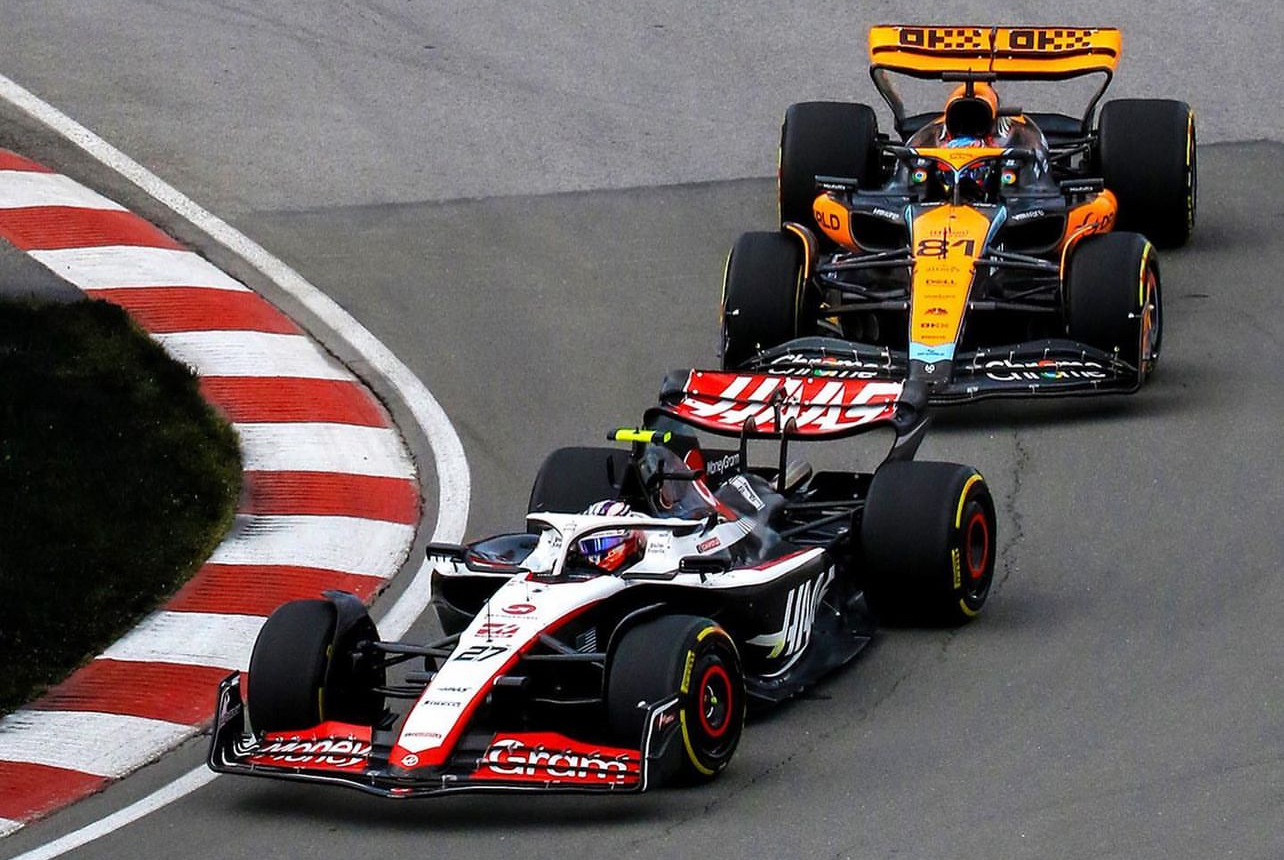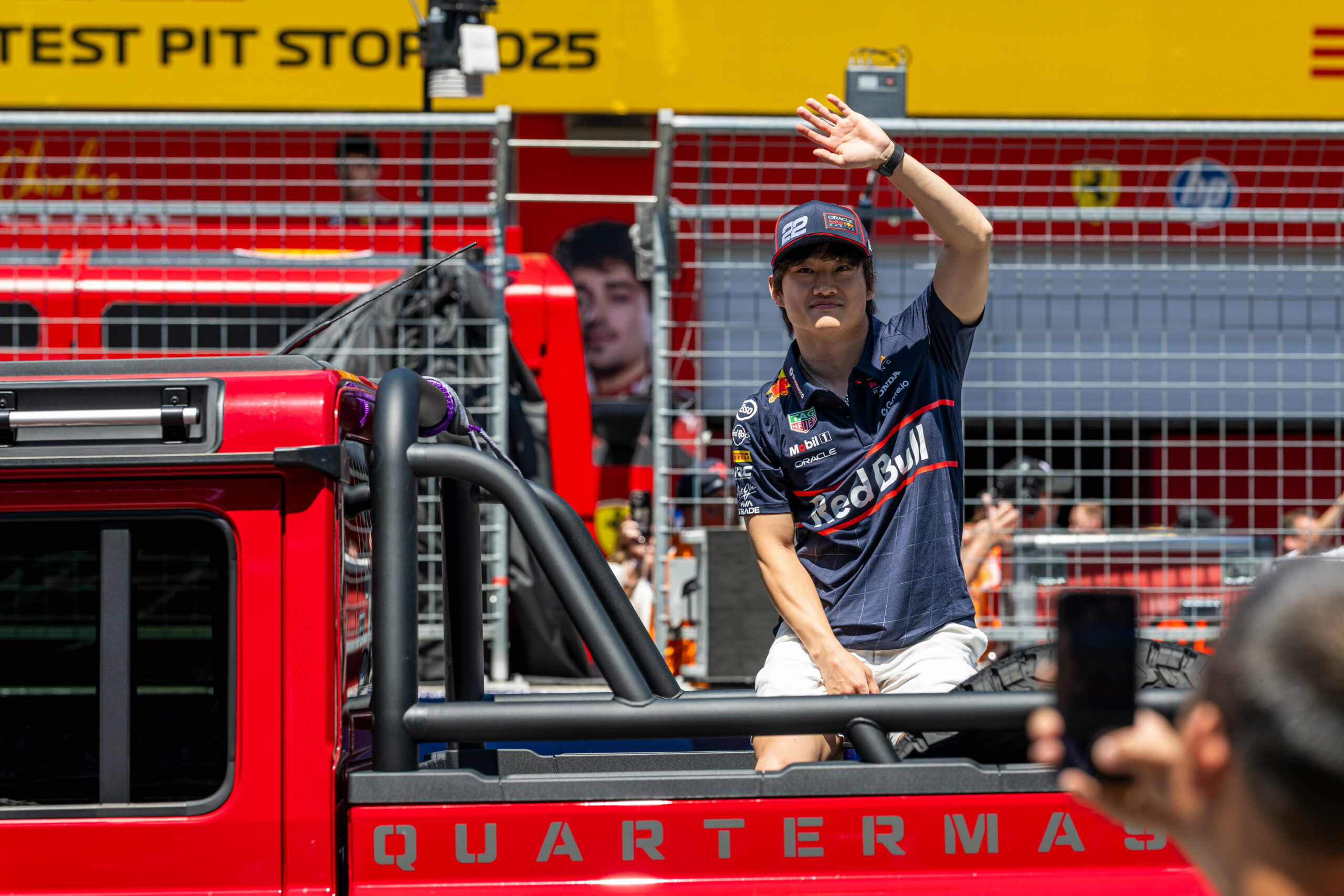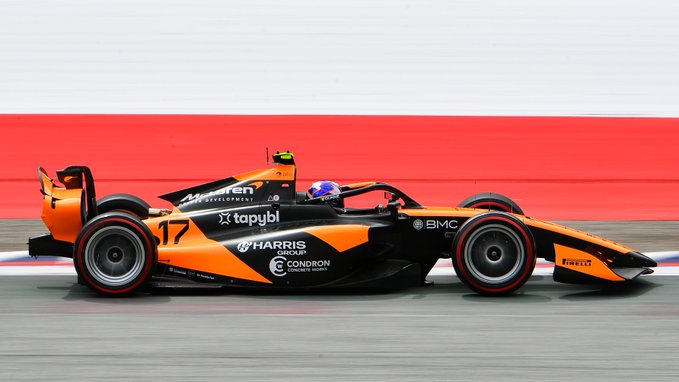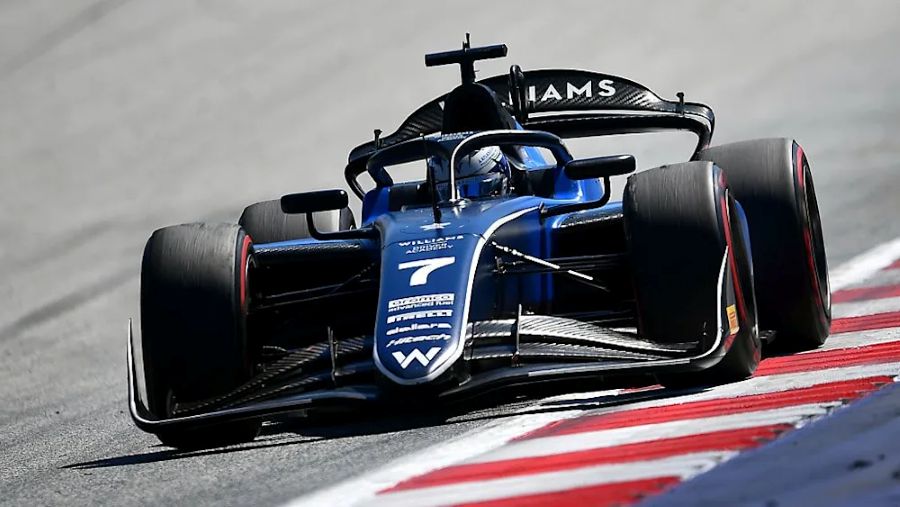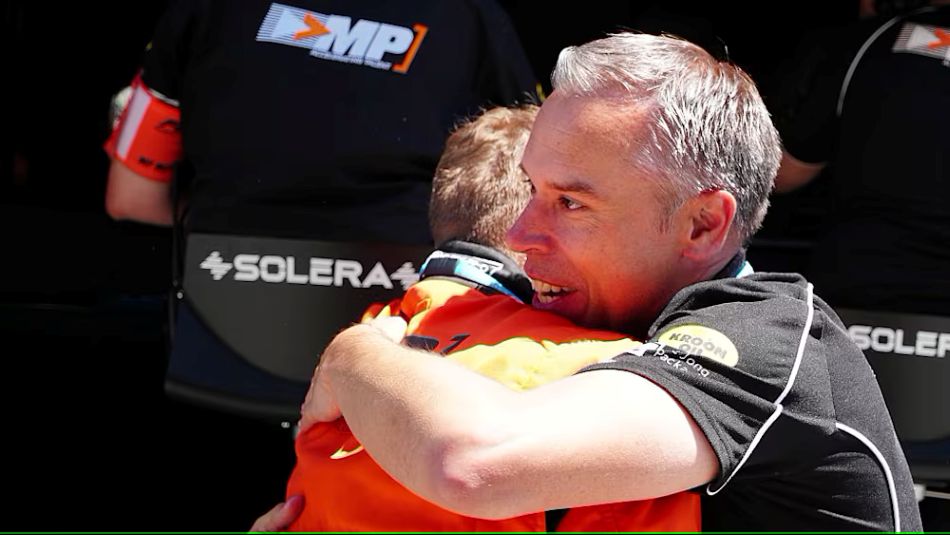When Formula One introduced the cost cap at the start of the 2021 F1 season, one of its aims was to see it bring the field closer together. According to McLaren CEO Zak Brown, this is exactly what is happening – in qualifying at least. So much so that according to Brown, when he is sat on the pit wall, there’s no team that he doesn’t think has the possibility of making it into Q3. According to Brown “That’s the benefit of the budget cap.”
Formula One backmarkers have always been present in the pinnacle of motorsport. The teams who would be propping up the back of the grid and a challenge for the quicker cars to have to overtake on their way to glory – while usually lapping them several times in the process. Those may soon be the days of the past though if the impact of the cost cap continues the way it seems to be doing so at present.
“I think the cap has been outstanding for the sport,” stated Brown in comments published through Autosport. “It’s not yet perfect but I don’t think that something that is so young wasn’t going to have some loopholes which the FIA are closing.”
One loophole Brown referred to was the TD45 which prevents IP from side projects being used by F1 teams and is a clear sign of the sport becoming ever more transparent. Meanwhile, modern F1, seems to slowly be shifting away from the assumption that the gulf in class between teams is a vast one – at least in qualifying. Within this aspect of an F1 weekend there is very little to split the large majority of the pack. Understandably, such a comment may seem strange to make after such a dominant Max Verstappen and Red Bull Racing season. Nevertheless, if we remove the three-time champion from the equation, the outlook seems very different. This is certainly what Brown chose to do in his recent remarks to media.
“Max [Verstappen] made it the most dominant season by one driver and team ever, but if you took Max out of the equation, you had for the first time five teams with seven or more podiums.”
The F1 cost-cap was introduced to help teams survive on an F1 grid. There was a hope that the kind of scenes of a team going into administration in the way Caterham did in 2014 or Force India in 2018 would be a thing of the past. Since the budget cap was introduced in 2021 spending patterns have changed while other teams have been sanctioned for breaking the cap – step forward Red Bull Racing to name just one.
Brown believes that the proof that the cost cap is having, is most evident in the fact that it seems that there are many teams no longer guaranteed to get both cars into Q3.
“I can’t recall a team that has been 10th in the constructors’ [championship], always being a threat to be in Q3. I think we’re all used to the team being in P10 being three seconds off pole.
“I think the budget cap has had the intended consequences of making the field much more competitive. I can tell you from sitting on the pit wall, there’s no team that we don’t think – when we’re looking at times – is a threat to get into Q3. That’s the benefit of the budget cap.” concluded Brown.
The data certainly supports the McLaren CEO’s claim due to the fact that when the ground-effect era cars were first put the test in Bahrain in 2022 there was 2.163 seconds covering the field and then most recently in Abu Dhabi last year at the 2023 season finales the grid was covered by just under a second. Inevitably, comparing two different circuits comes with obvious variables but it is an encouraging sight nonetheless.
A cynic may say that the difference in Abu Dhabi was only so narrow as Red Bull Racing had stopped putting upgrades on their car for many months due to tying up both titles early on. That assumption may indeed be proven as fact when racing resumes later this month. Brown is certainly hopeful though for a changing of the guard down the line and fans of F1 may be rewarded with consistent wheel to wheel racing between teams in the process.
“All the cars in Q1 would sort of squash down within one second of each other, and that’s not a coincidence. It’s a trend that has happened from 2022, continued in 2023 and I think will continue to show itself in 2024 because the gains are getting more and more asymptotic.” Zak Brown
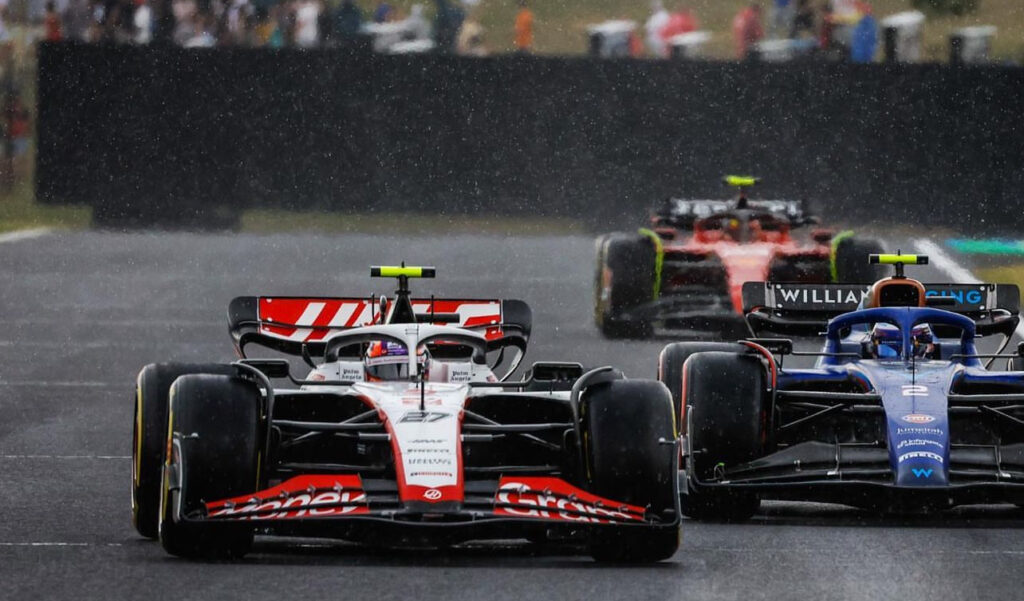
Photo Credits: MoneyGram Haas F1 Team

